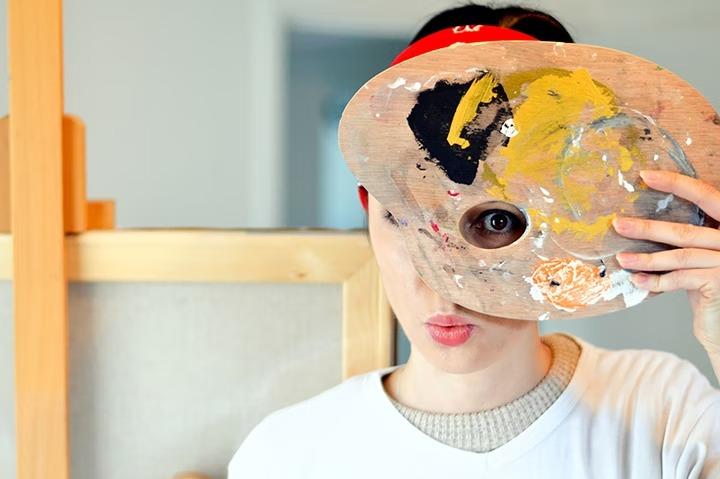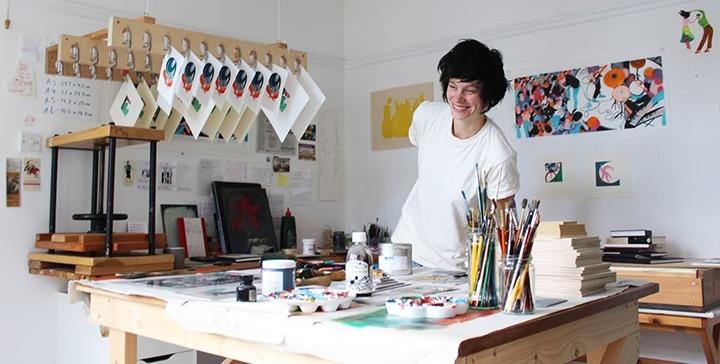
What makes a good biography on Artfinder - what do you think audiences want to read when they’re learning more about an artist?
Storytelling is so important. We know that our customers want to see the process behind the artists’ work, to understand their inspiration and intention. The more you can say about who you are and your journey to becoming an artist the better. It’s not necessarily about prizes, exhibitions or awards (although of course those all help), but also about yourself and the story behind your work.
How should artists approach taking images of their work – is it important to fill a listing with lots of detailed images?
es, absolutely! A selection of good quality images showing the work from several angles and within a studio or set within a beautiful interior is so important. It really helps people to understand how big the piece is (reading measurements is hard work!) and also to imagine the lifestyle that goes with owning the piece.

And when it comes to pricing artwork what advice would you have for artists - is it good to have a range of priced work available or is consistency the key?
I think as long as a buyer can easily understand the rationale behind the artist’s pricing - i.e - smaller pieces are more affordable and larger pieces more expensive - then it’s absolutely fine to offer a range of pieces at a range of price points. We also have a ‘make an offer’ functionality, so a buyer can get in touch to make an offer on a piece, which the artist can then choose to accept or reject.
How should artists approach taking images of their work – is it important to fill a listing with lots of detailed images?
Yes, absolutely! A selection of good quality images showing the work from several angles and within a studio or set within a beautiful interior is so important. It really helps people to understand how big the piece is (reading measurements is hard work!) and also to imagine the lifestyle that goes with owning the piece.

Artfinder Artist Hannah Forward in her studio
MORE ABOUT ARTFINDER
What are the added strengths of online selling platforms such as Artfinder? Do you think that handing full autonomy over to the artist is the future of buying and selling art?
Yes, with Artfinder there really is no middleman - artists get to speak directly with their customers, set their own prices and have complete control over which work to display and how to present them. But what we do provide is millions of customer eyeballs each month, from buyers all over the world - we have a much bigger reach than any bricks and mortar gallery. Plus, we reinvest all of our money into marketing as we continue to grow, bringing hundreds of new buyers each month. On top of that, we have a great global community of artists, the hub of which is our private artist’s forum. That’s a place where artists can talk to each other, share ideas and collaborate internationally.
Is the traditional role of art gallery/dealer in danger? And if not, how would you say digital platforms can work alongside bricks and mortar spaces?
Galleries can sell through Artfinder - we currently have around 100 listed with us - it tends to be the smaller, smarter galleries who see the potential and are therefore interested enough to make it work for them. There will always be a place for bricks and mortar galleries, but it’s a difficult business and like everyone else on the high-street, when trying to compete with online businesses, overheads will continue to squeeze margins.

Artfinder Artist Dan Laurentiu Arcus
To find out more about Artfinder check out their website here.
